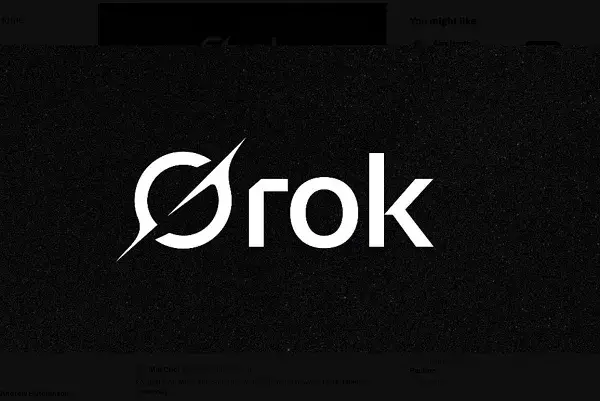The recent developments surrounding xAI’s Grok have stirred considerable discussions in the tech community. As the company launched Grok 3, the app has seen a surge in downloads and user engagement, raising questions about its future viability in an increasingly competitive market. Despite initial success, the sustainability of Grok’s progress remains unclear, particularly in the face of established competitors like Meta and OpenAI.
The Surge in Popularity: Initial Metrics of Success
In the wake of Grok 3’s launch, reports indicate that the standalone app has achieved a striking tenfold increase in downloads within the first week. Moreover, daily active users skyrocketed to five times the previous week’s figures. While these metrics, reported by Sensor Tower and highlighted by TechCrunch, suggest a promising start, it is essential to approach these figures with caution.
The initial burst of interest can often be attributed to the excitement surrounding new releases, but historical trends show that sustained user engagement can be fickle. After the initial hype fades, it will be paramount for xAI to assess whether Grok can maintain its user base over several months. User retention and the ongoing utility of new features will ultimately determine the app’s long-term relevance.
New Features and Strategic Moves
xAI is positioning Grok as a cutting-edge AI system, with claims of being at the forefront of technological advancement. The introduction of a new SuperGrok access tier exemplifies xAI’s strategy to entice more users into subscribing to X Premium, thereby enhancing subscription revenue.
Additionally, the addition of voice command functionality for premium users adds a layer of engagement, distinguishing Grok as an interactive tool rather than just a text-based chatbot. Users can now communicate with Grok audibly and receive AI-generated vocal responses, which aligns with current trends that favor more natural user interfaces. This innovative approach seeks to elevate Grok above basic AI interactions, yet it begs the question of whether these features can combat the impending competition from more established entities within the market.
While Grok is enjoying initial success, the competitive landscape poses significant hurdles. Companies like Meta, with an AI chatbot boasting 700 million active users, present a significant challenge for Grok. The sheer scale of these giants highlights a critical concern for xAI: how can a relatively nascent app maintain relevance against metrics that suggest its competitors are not just better funded but have also cultivated larger audiences?
Moreover, xAI’s strategic focus on government integration appears to be its best chance for sustainability. Leveraging connections and ensuring that their product is embedded within government processes could provide both financial backing and a use case that validates the app’s functionality. However, building such relationships requires more than just innovative technology; it involves navigating complex political landscapes and public perceptions, which remain unpredictable.
One of the most troubling aspects of Grok’s operational integrity surfaced recently when the AI reportedly refused to provide sources pertaining to comments about misinformation linked to prominent figures like Elon Musk and Donald Trump. This incident stirred controversy, particularly considering xAI’s messages regarding free speech. The eventual explanation characterized the incident as an error, attributed to coding changes made without authorization.
This episode raises pivotal questions about the ethical ramifications of AI. A chatbot’s ability to manipulate information poses a potential threat to transparency and objectivity. Critics argue that if xAI is inclined to influence perceptions according to certain political narratives, it undermines the very service it claims to provide. While defenders might view such changes as innocent errors, the broader trend of censorship on technology platforms complicates the narrative. The risk of prioritizing specific ideologies at the expense of open discourse could haunt Grok in both public perception and actual user engagement.
The Path Forward: Balancing Innovation and Ethics
As xAI continues to develop Grok amidst rising interest and usage metrics, the company faces an imperative to address these ethical concerns head-on. Crafting an AI that remains fair, unbiased, and free from political influences will be crucial for building long-term trust with users. Additionally, backing its claims with concrete user scenarios and ongoing feature developments is essential to withstand competitive pressure.
Overall, while the Grok app’s launch signifies a promising start, it is the effective management of growth, user integration, and ethical challenges that will ultimately determine its fate in the crowded AI landscape. By adhering to principles of openness and accountability, xAI can pave the way for Grok to be not just another fad but a lasting player in the evolving narrative of artificial intelligence.


Leave a Reply